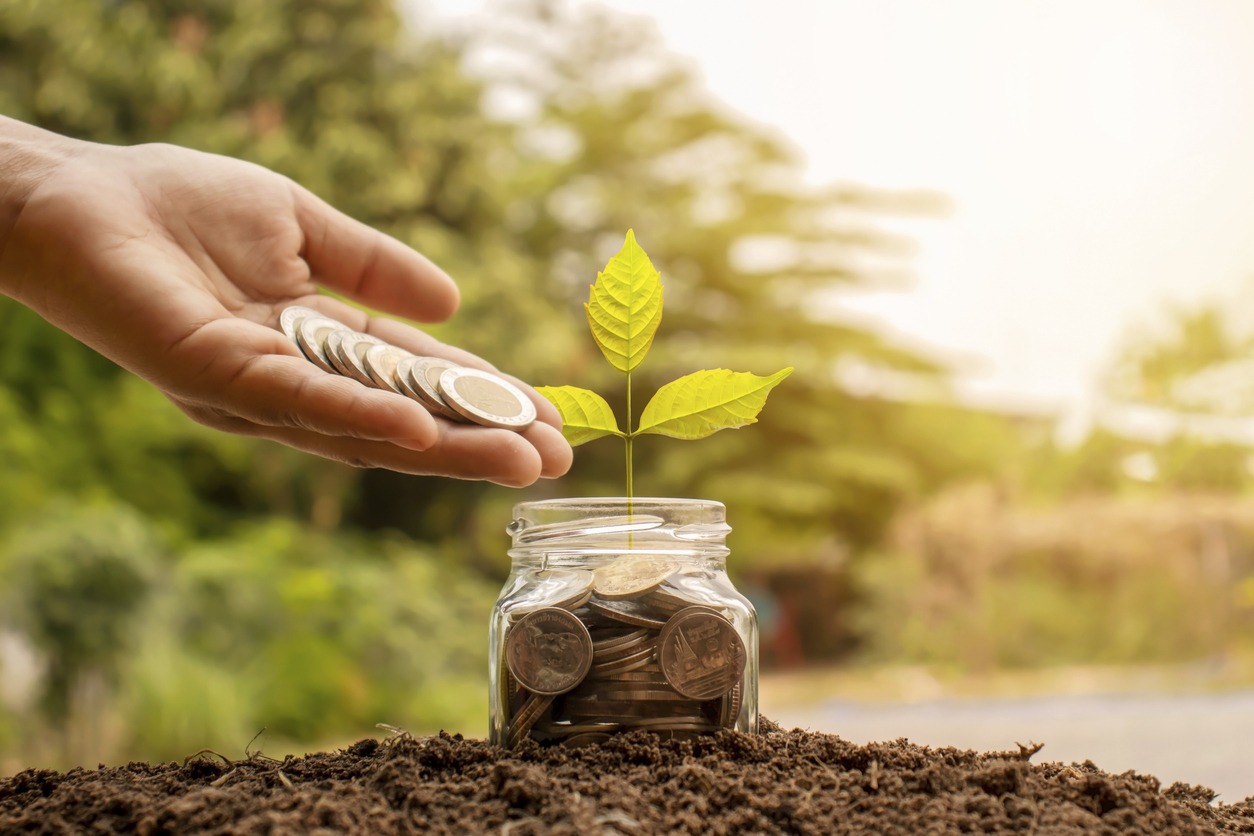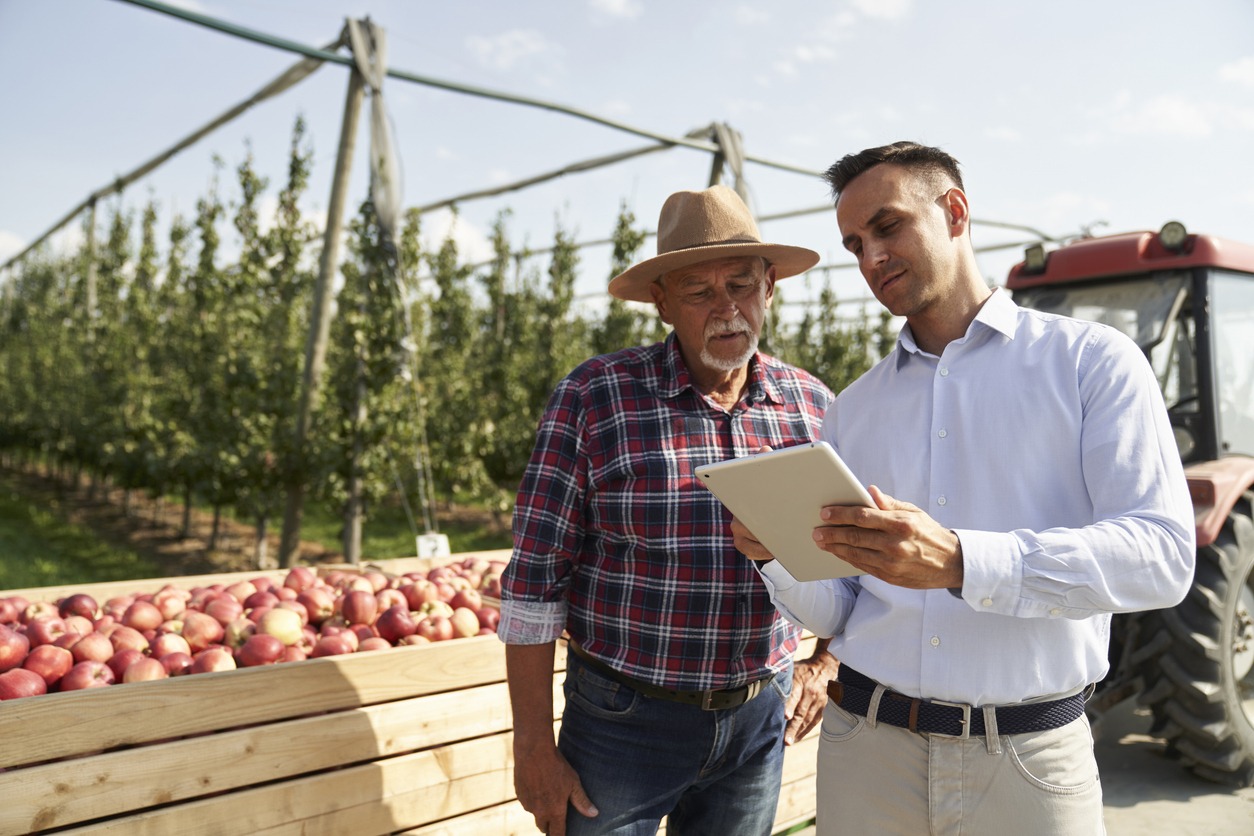How to Create an Energy Self-Sufficient Home: A Guide to Sustainable Living
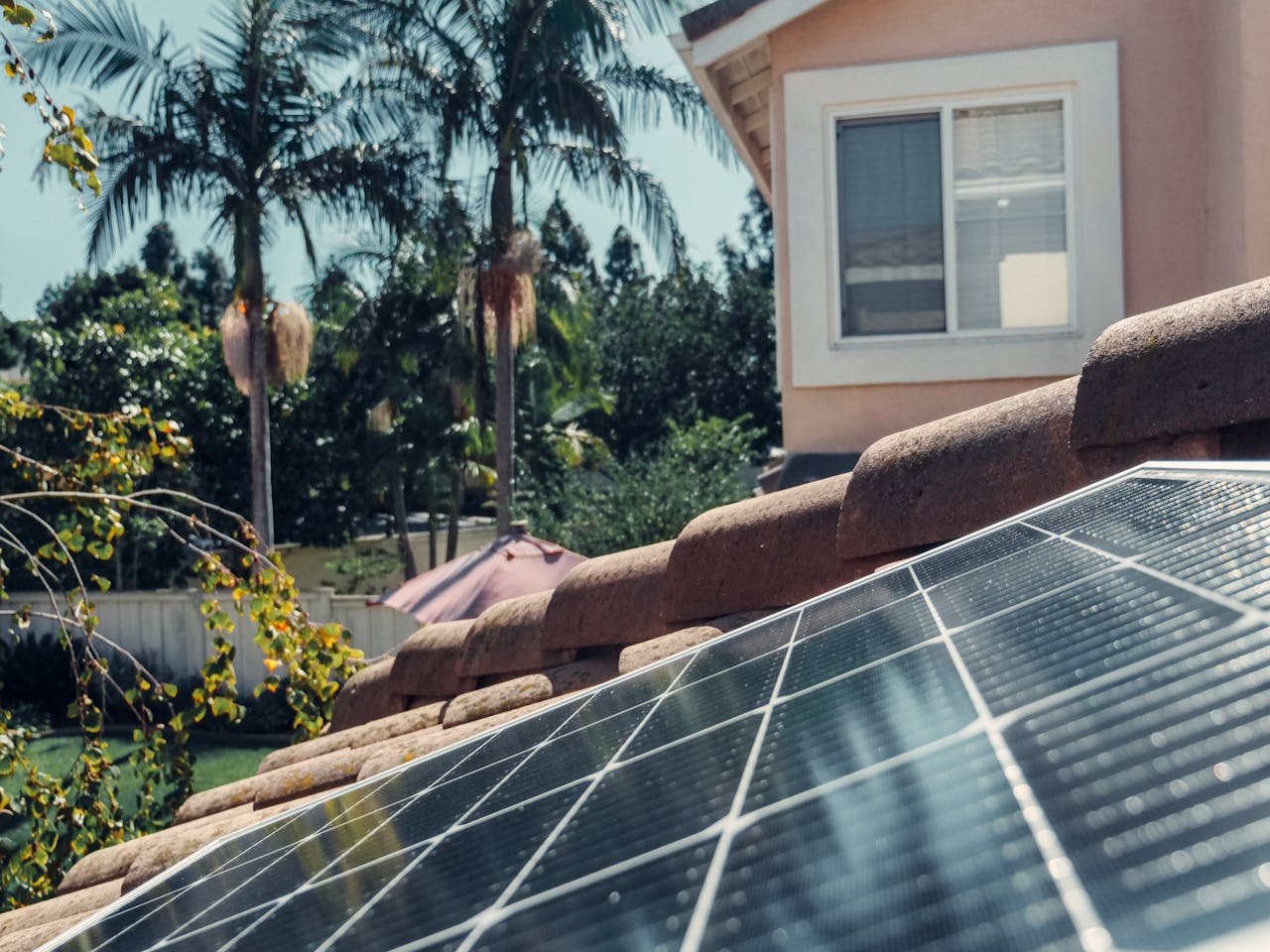
With rising energy costs and growing environmental concerns, more people are turning towards self-sufficient living. Building an energy-self-sufficient home isn't just about installing solar panels—it's about creating a lifestyle of sustainable practices that optimize and conserve resources. This guide will take you through the key steps to build an energy-self-sufficient home, from evaluating your energy needs to implementing renewable energy and smart technology solutions.
Understanding Energy Self-Sufficiency
To build an energy-self-sufficient home, let’s start with the basics. Energy self-sufficiency is about meeting your household's energy needs independently, without relying on external sources. There are three core aspects to consider: generation, optimization, and conservation.
- Generation: This involves creating your own energy through renewable sources like solar panels, wind turbines, or even small-scale hydropower.
- Optimization: Here, energy efficiency is key. It’s about upgrading to energy-saving appliances and implementing smart technology to reduce waste.
- Conservation: Conservation means reducing your overall energy demand, often achieved by using high-quality insulation and sealing gaps to minimize heat loss.
Together, these pillars can transform your home into a power-efficient and eco-friendly space where the energy generated is used wisely, and little to none is wasted.
Step 1: Assess Your Home’s Energy Needs
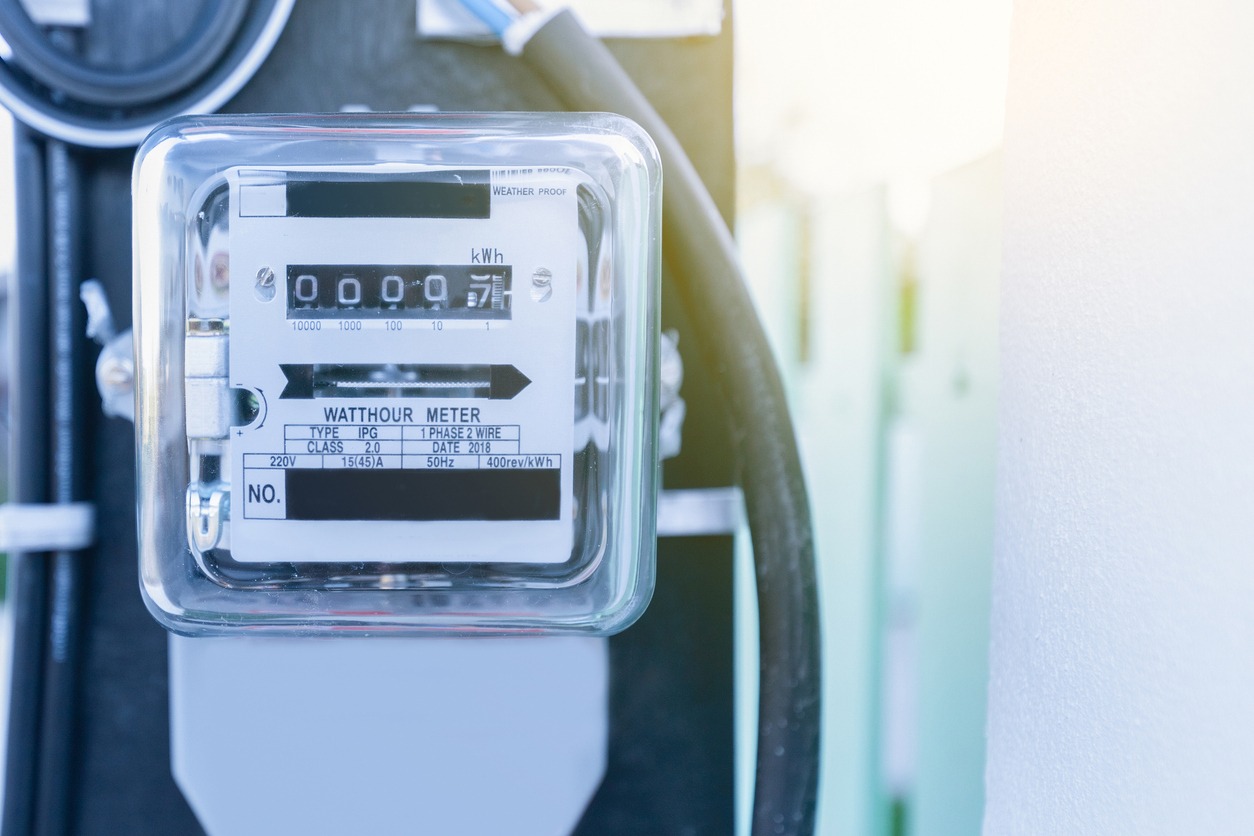
Your journey toward energy self-sufficiency begins with an understanding of your current energy needs. Here’s how to conduct a thorough assessment:
1. Review your energy consumption
- Check your utility bills to identify your average and peak usage patterns. This data will help you set realistic goals for self-sufficiency.
- Note any seasonal trends. For example, air conditioning in summer or heating in winter often spikes energy use. Knowing these can guide your system design.
2. Analyze your home’s characteristics
- Consider your home’s orientation, materials, and layout. Homes with south-facing roofs are perfect for solar panels, while sturdy insulation and compact designs help retain heat or cooling.
- Look at areas needing energy upgrades, like old windows or doors, that may increase energy loss.
3. Determine your power load
- Once you know your needs, calculate the energy load. This includes lighting, heating/cooling, and powering appliances. By knowing exactly how much power you need, you can size your renewable energy systems more accurately.
Step 2: Choose Renewable Energy Sources
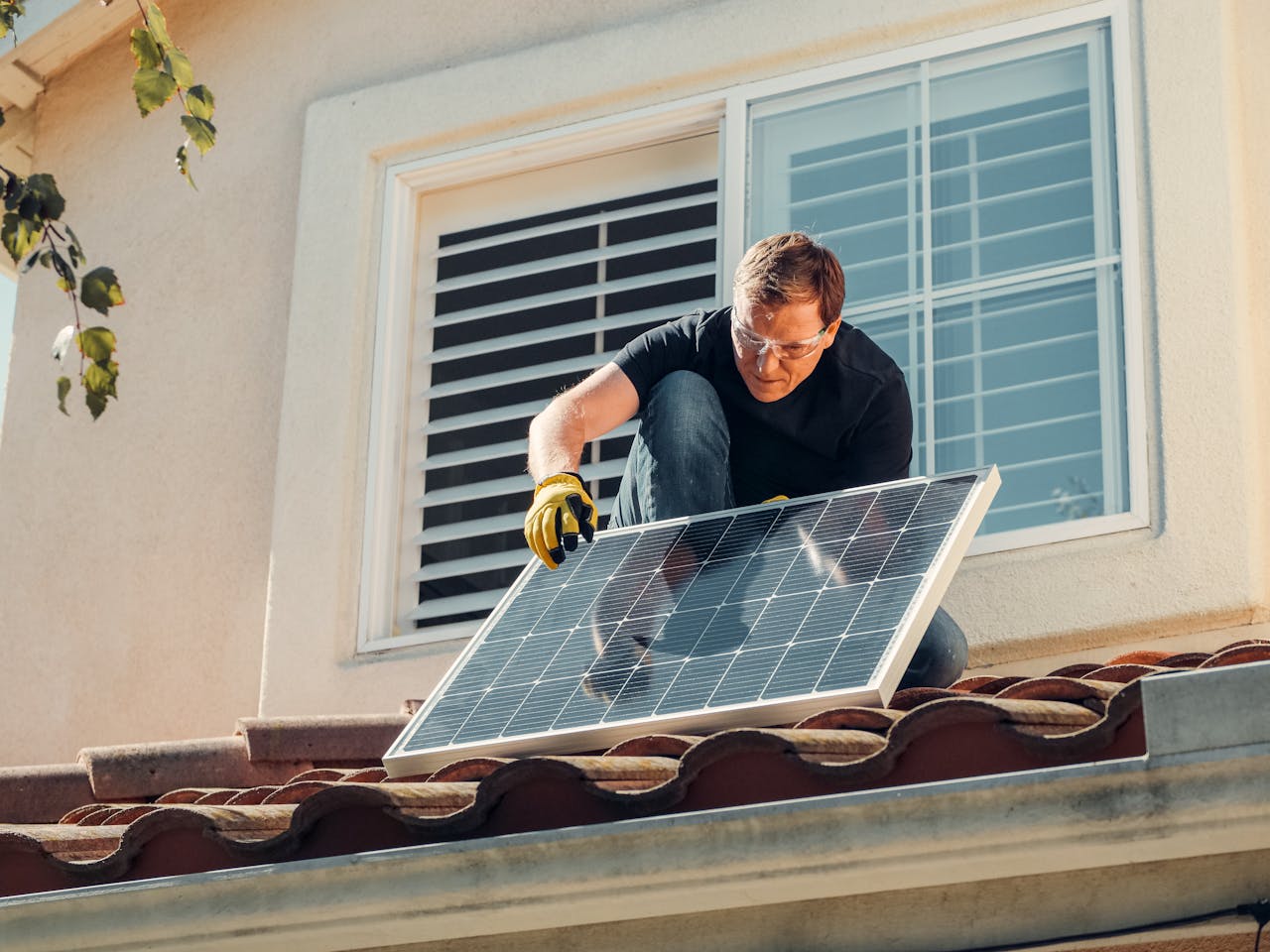
Choosing the right renewable energy sources is the foundation of an energy-self-sufficient home. Depending on your location and budget, you can explore different options:
1. Solar panels
- Solar photovoltaic (PV) panels are the most common choice for homeowners. They generate electricity from sunlight and can cover a significant portion of your energy needs.
- For sunny areas, solar can be very effective, and you might qualify for government incentives to offset installation costs.
2. Wind turbines
- If your area has consistent winds, consider wind turbines. Small wind turbines can be installed for homes in windy rural or coastal regions to complement solar.
- Wind energy is renewable and reliable but does require a high initial investment.
3. Geothermal heat pumps
- A geothermal heat pump uses the earth's stable temperature to heat and cool your home efficiently. These systems are costly upfront but can save on heating and cooling expenses long-term.
4. Energy storage solutions
- For true independence, energy storage solutions like battery banks are essential. Batteries allow you to store excess energy from solar or wind to use when production is low. Look for lithium-ion or other modern batteries that have a longer lifespan.
Pro Tip: Consult with energy professionals to assess the potential for each energy type in your area, calculate your savings, and get the necessary permits.
Step 3: Optimize Insulation and Energy Efficiency
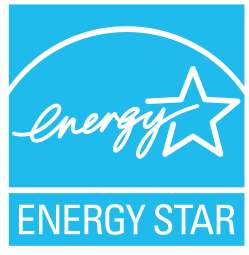
Once you’re generating your own power, it’s crucial to ensure that energy isn’t wasted. Proper insulation and energy-efficient appliances help conserve energy and reduce your power load.
1. Enhance insulation
- High-quality insulation is essential for maintaining a comfortable indoor temperature year-round. Insulate your attic, walls, floors, and even windows to reduce heat loss by up to 40%.
- Use materials like fiberglass, foam, or eco-friendly cellulose to insulate different areas of your home. Insulating pipes and ducts also improves efficiency.
2. Install energy-efficient windows and doors
- Upgrading to double or triple-pane windows and energy-efficient doors can cut heat loss. Look for low-emissivity (Low-E) glass, which improves thermal performance by up to 30%.
- Weatherproof your home by sealing any air leaks around windows, doors, or attics to keep the interior temperature stable.
3. Invest in energy-saving appliances
- Modern energy-efficient appliances consume less power and are often labeled with Energy Star or other energy certifications. Focus on upgrading your HVAC, refrigerator, and water heater, which are major power consumers.
Step 4: Integrate Smart Home Technology
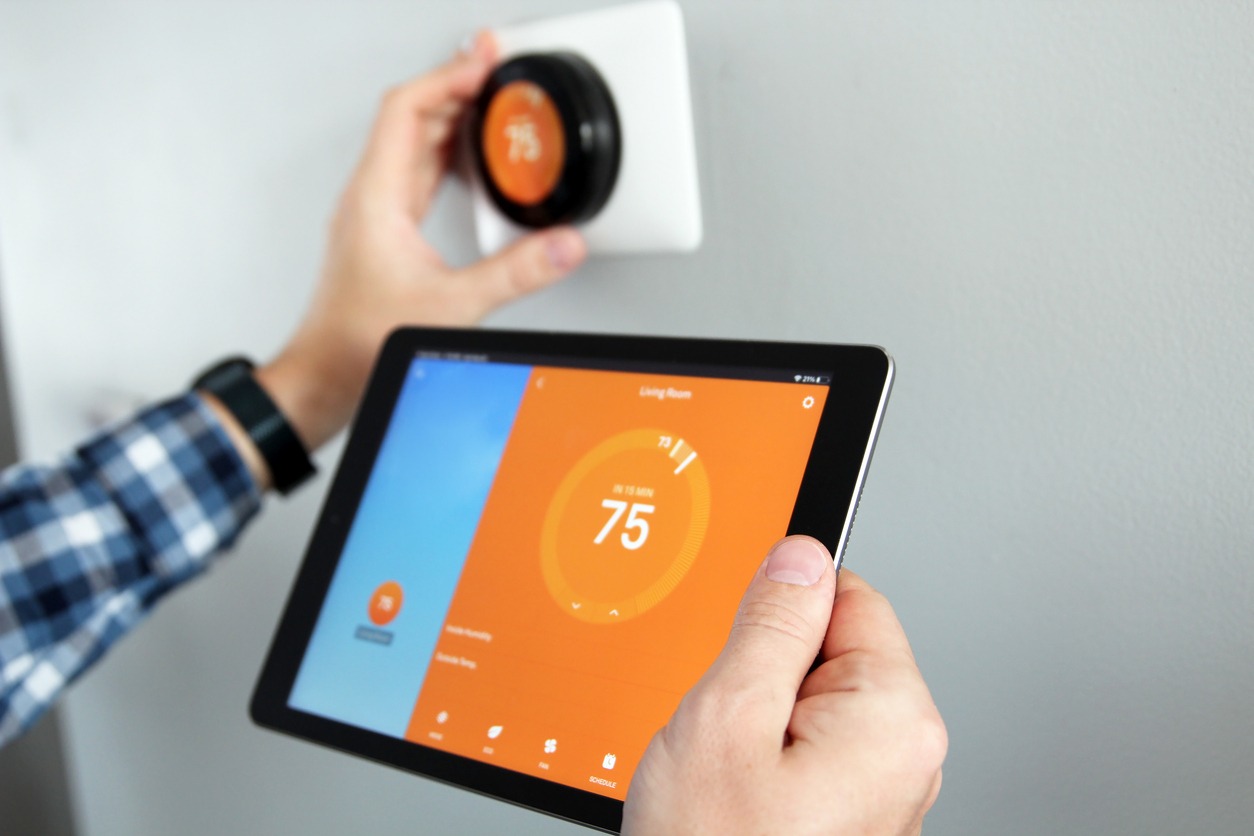
Smart home technology not only adds convenience but also helps in minimizing energy waste. Here’s how you can incorporate these into your self-sufficient home:
1. Smart thermostats
- A programmable or smart thermostat can reduce heating and cooling expenses by up to 20% by automatically adjusting based on your schedule.
- With remote control via apps, you can monitor and adjust your home’s temperature from anywhere.
2. Smart plugs and motion sensors
- Smart plugs allow you to control appliances from your phone and shut them off when not in use, avoiding “phantom” energy use.
- Motion sensors can be set up to automatically turn off lights in unoccupied rooms, ensuring you only use electricity when needed.
3. Energy management apps
- Some apps offer data analytics that track your energy usage patterns, pinpoint areas for improvement, and even estimate cost savings over time. These insights help you make informed adjustments.
Step 5: Use Different Strategies to Conserve Water
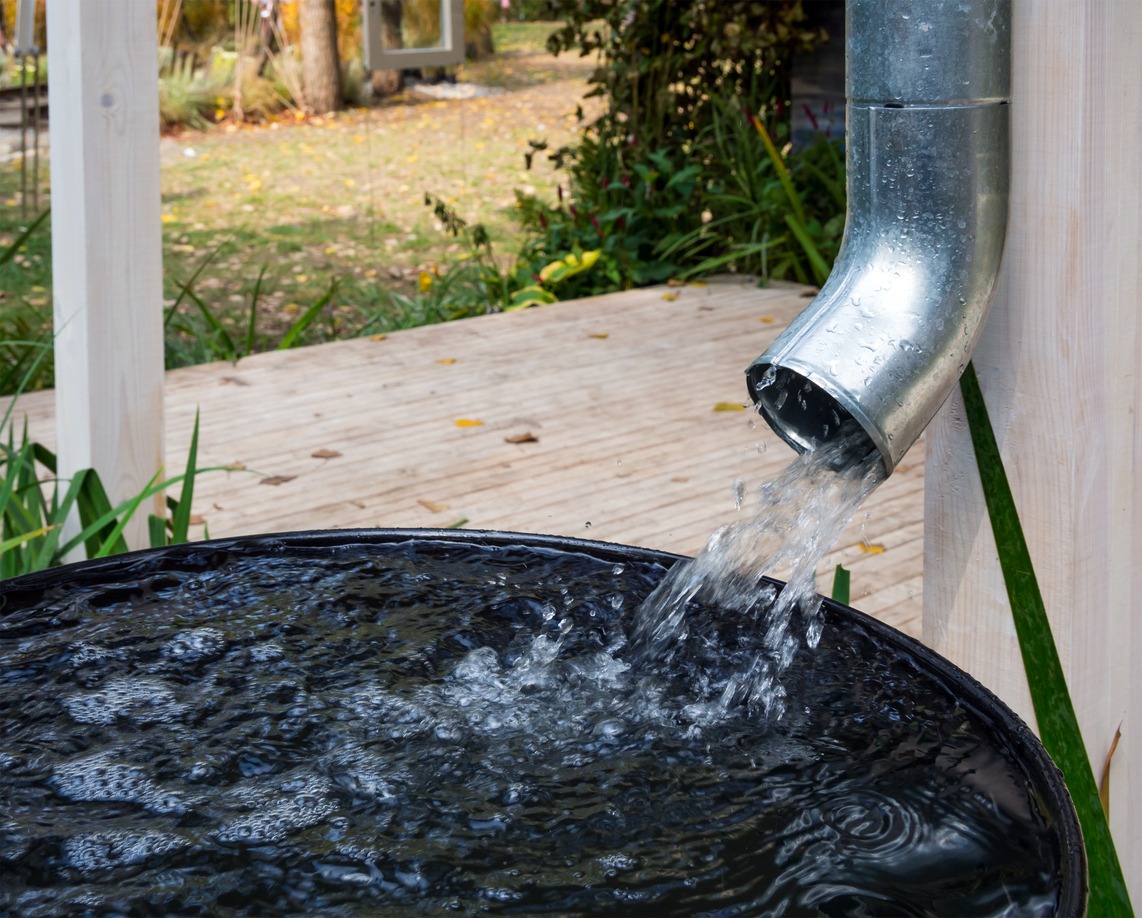
Water efficiency is a key part of a self-sufficient lifestyle. Implementing sustainable water use practices can save on bills and help conserve local water resources.
1. Rainwater harvesting
- Set up rain barrels to collect rainwater for non-potable uses like garden irrigation or even toilet flushing. With some treatment, rainwater can also supplement your main water supply.
2. Greywater recycling systems
- Greywater systems let you reuse wastewater from sinks, showers, and washing machines for landscape irrigation. This system reduces your reliance on fresh water, especially in dry areas.
3. Water-efficient fixtures
- Install low-flow faucets, showerheads, and toilets to cut water usage significantly without compromising on comfort.
4. Alternative water sources and treatment
- For a higher level of independence, consider setting up a well if local conditions permit. Use water filtration systems to ensure the water meets health standards.
Step 6: Employ Sustainable Food Production Methods
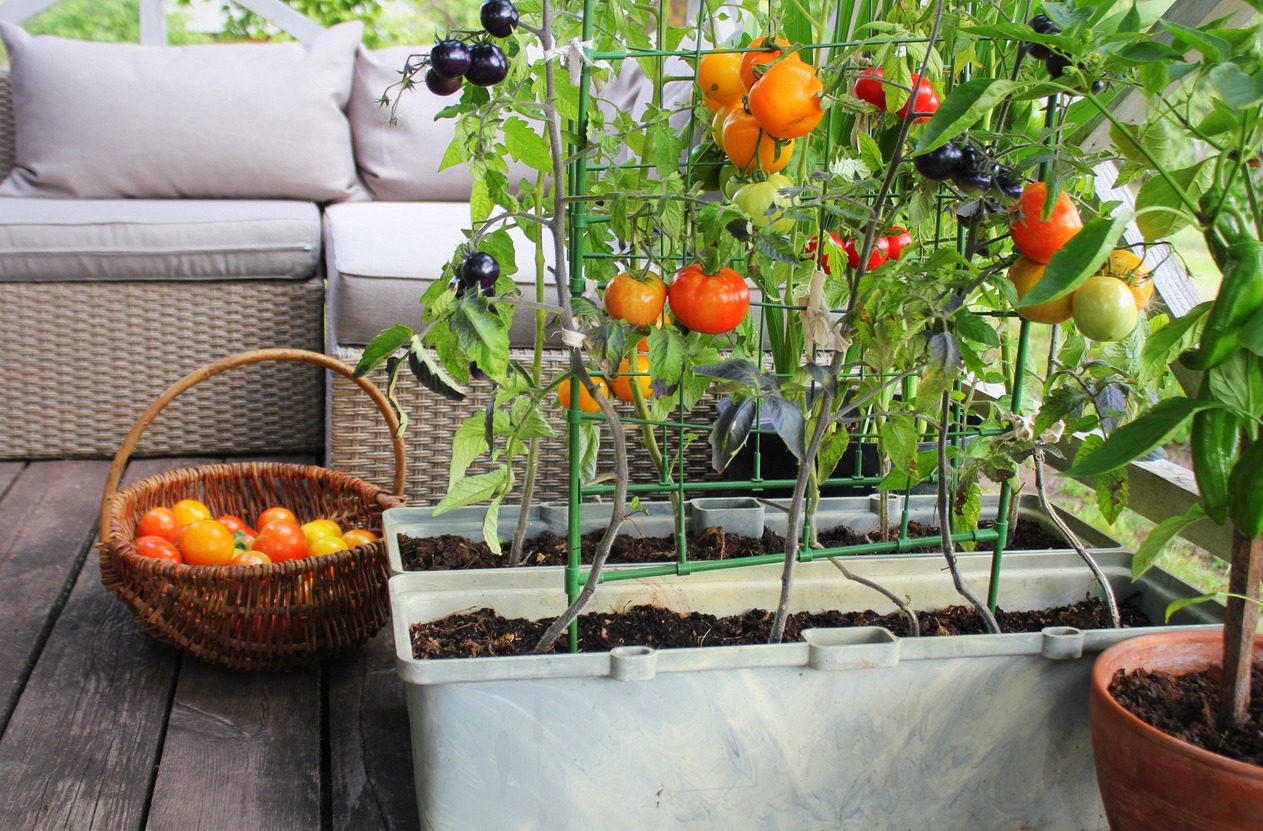
Producing your own food completes the self-sufficiency cycle. Growing your own fruits and vegetables or even raising small livestock can help reduce your reliance on commercial food sources.
1. Home garden or balcony gardening
- Even a small garden or a few pots on your balcony can produce herbs, vegetables, and fruits. Start with easy-to-grow plants like tomatoes, peppers, or herbs.
2. Small livestock options
- For those with more space, raising chickens for eggs or goats for milk can be a sustainable food source. Check local regulations and invest in quality care for your animals.
3. Food preservation techniques
- Preserve surplus produce through canning, drying, or fermenting. This reduces food waste and ensures you have home-grown food year-round.
4. Composting for waste reduction
- Use composting to recycle food scraps and garden waste, creating nutrient-rich soil for your garden. A closed-loop composting system reduces landfill waste and cuts down on the need for chemical fertilizers.
Conclusion
Building an energy-self-sufficient home might feel like a big project, but remember, you don’t have to do it all at once. Start with small, manageable steps, whether it’s adding a single solar panel, setting up a rain barrel, or even just switching to energy-efficient appliances. Each of these changes brings you closer to a more sustainable, independent lifestyle.
As you go, you’ll start to notice the benefits—lower bills, a smaller environmental footprint, and the rewarding feeling that comes from living more self-sufficiently. And who knows? You might even inspire friends and neighbors to join you on this journey toward sustainability. Living self-sufficiently isn’t just about the home you build; it’s about the choices you make every day. So take it one step at a time and enjoy the process—you’re building something that truly makes a difference for you and the planet.

